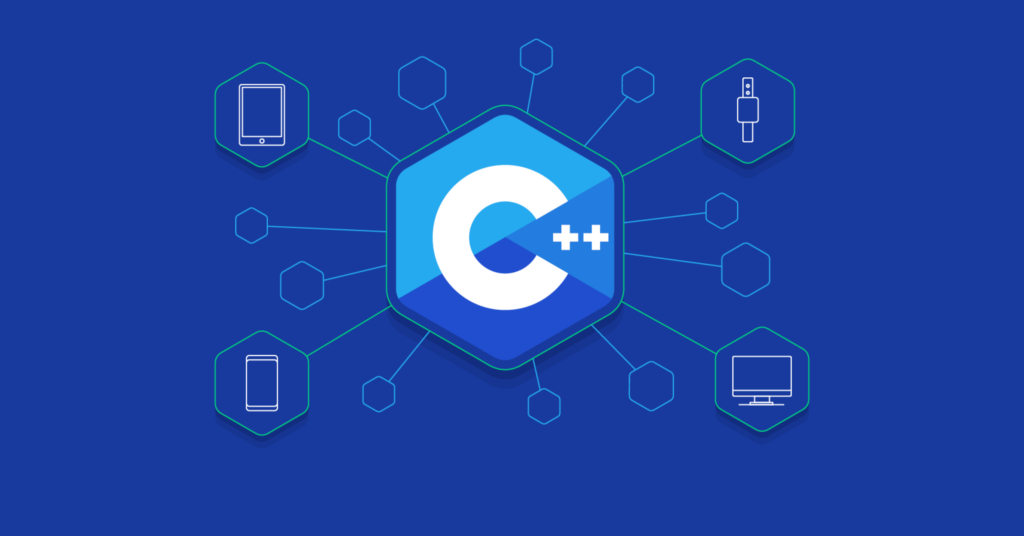In the ever-evolving landscape of web development, choosing the right programming languages and adopting best practices are crucial for building robust, scalable, and secure web applications. While there are many programming languages available for web development, C, C++, Java, and JavaScript remain among the most popular choices for building web applications. Each language offers unique features and capabilities that cater to different aspects of web development, from server-side logic and database connectivity to client-side interactivity and user experience. In this article, we’ll explore best practices for developing web applications with C, C++, Java, and JavaScript, covering aspects such as code structure, performance optimization, security, and maintainability.
1. Code Structure and Organization
Maintaining a clean and organized codebase is essential for ensuring readability, maintainability, and scalability of web applications. Regardless of the programming language used, following a modular and structured approach to code organization can greatly facilitate development and collaboration among team members. Some best practices for code structure and organization include:
- Modular Design: Break down your web application into smaller, reusable modules or components, each responsible for a specific functionality or feature. This modular approach promotes code reusability, improves maintainability, and facilitates testing and debugging.
- Separation of Concerns: Separate different aspects of your application, such as presentation, business logic, and data access, into distinct layers or modules. This separation of concerns ensures that each component has a clear and well-defined purpose, making it easier to understand, modify, and extend.
- Use of Design Patterns: Apply design patterns such as MVC (Model-View-Controller), MVVM (Model-View-ViewModel), or MVP (Model-View-Presenter) to structure your application’s architecture in a clear and maintainable manner. These patterns help decouple different layers of the application and promote code reuse and maintainability.
2. Performance Optimization

Optimizing performance is essential for delivering a fast and responsive user experience in web applications. Regardless of the programming language used, there are several best practices for optimizing performance:
- Minimize HTTP Requests: Reduce the number of HTTP requests by combining and minifying CSS and JavaScript files, using CSS sprites for images, and leveraging browser caching to improve page load times.
- Optimize Database Queries: Use efficient database queries and indexing strategies to minimize database load and improve query performance. Avoid executing redundant or unnecessary queries and optimize data retrieval and manipulation operations.
- Client-Side Rendering: Consider using client-side rendering techniques such as AJAX (Asynchronous JavaScript and XML) to load content dynamically and improve page load times. This approach reduces server load and bandwidth usage by fetching data asynchronously without reloading the entire page.
3. Security Best Practices
Ensuring the security of web applications is paramount to protect sensitive data, prevent unauthorized access, and mitigate security threats. Some security best practices for web application development include:
- Input Validation: Validate all user inputs to prevent common security vulnerabilities such as SQL injection, cross-site scripting (XSS), and cross-site request forgery (CSRF). Use input validation libraries or frameworks to sanitize and validate user input effectively.
- Authentication and Authorization: Implement secure authentication and authorization mechanisms to verify the identity of users and control access to sensitive resources. Use strong encryption algorithms and secure protocols such as HTTPS to protect user credentials and session data.
- Data Encryption: Encrypt sensitive data such as passwords, credit card numbers, and personal information using strong encryption algorithms and secure storage mechanisms. Avoid storing sensitive data in plain text or using weak encryption algorithms that are susceptible to attacks.
4. Maintainability and Scalability
Maintaining and scaling web applications requires careful planning and adherence to best practices to ensure long-term viability and sustainability. Some best practices for maintainability and scalability include:
- Code Documentation: Document your code thoroughly to provide context and guidance for future developers and maintainers. Use comments, inline documentation, and README files to explain the purpose, functionality, and usage of different components and modules.
- Version Control: Use a version control system such as Git or SVN to manage changes to your codebase and collaborate with team members effectively. Maintain separate branches for development, testing, and production environments to facilitate code review and deployment workflows.
- Scalable Architecture: Design your web application with scalability in mind, using scalable architecture patterns such as microservices, serverless computing, or horizontal scaling. This allows your application to handle increased traffic and workload without sacrificing performance or reliability.
5. Testing and Quality Assurance

Testing is an integral part of the software development lifecycle, ensuring that web applications meet quality standards and perform as expected. Some best practices for testing and quality assurance include:
- Automated Testing: Implement automated testing frameworks and tools to automate the testing process and ensure consistent and reliable test results. Use unit tests, integration tests, and end-to-end tests to validate different aspects of your application’s functionality.
- Continuous Integration and Deployment: Adopt continuous integration and deployment (CI/CD) practices to automate the build, test, and deployment process. Use CI/CD pipelines to streamline development workflows, identify and fix bugs early, and deliver new features and updates to production rapidly.
- Security Testing: Conduct regular security assessments and penetration testing to identify and mitigate security vulnerabilities and weaknesses in your web application. Use security testing tools and techniques to detect common security flaws and ensure compliance with security best practices.
Developing web applications with C, C++, Java, and JavaScript requires a combination of technical expertise, best practices, and industry standards to ensure success. By following best practices for code structure, performance optimization, security, maintainability, and testing, developers can build robust, scalable, and secure web applications that meet the needs of users and stakeholders. With careful planning, attention to detail, and continuous improvement, web developers can create web applications that deliver an exceptional user experience and drive business growth in today’s digital landscape.

